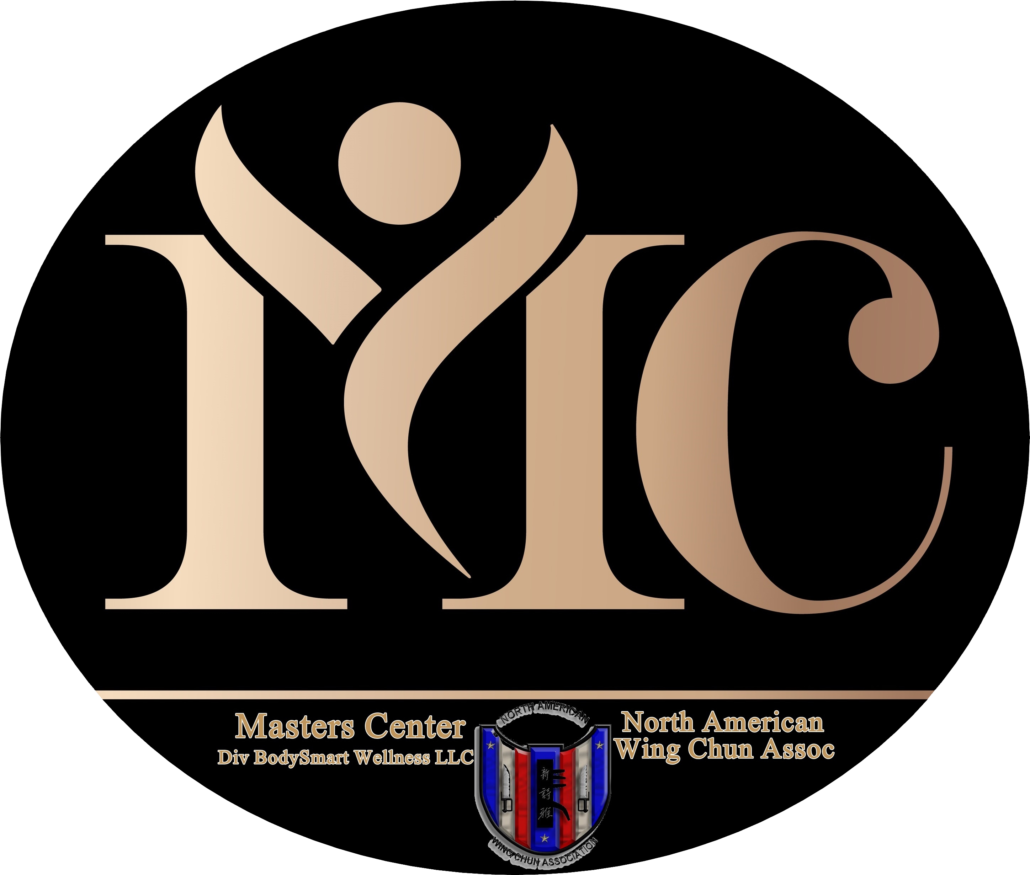What is Meditation?
By Phillip Holder PhD
(Copyright 1996 – 2013)
 Meditation is a state of altered awareness that allows us to bypass previous programming and to open up to our higher self and to original thought. It has been part of every culture since the dawn of man. The fact is that almost everyone goes into a meditative state about a dozen times a week on average without even being aware of it. Have you ever stared out of a window and drifted away for a few moments losing complete track of time and surrounding activity. When this happens the person has inadvertently gone into a meditative state. Meditation is not the act of focusing on something nor is it the act of “emptying” your mind. It is freedom of thought absence critical thought and the shackles of preexisting programming (idealistically).
Meditation is a state of altered awareness that allows us to bypass previous programming and to open up to our higher self and to original thought. It has been part of every culture since the dawn of man. The fact is that almost everyone goes into a meditative state about a dozen times a week on average without even being aware of it. Have you ever stared out of a window and drifted away for a few moments losing complete track of time and surrounding activity. When this happens the person has inadvertently gone into a meditative state. Meditation is not the act of focusing on something nor is it the act of “emptying” your mind. It is freedom of thought absence critical thought and the shackles of preexisting programming (idealistically).
There are many different labels for meditation, as well as various approaches to achieving a meditative state but regardless of the vehicle the goal and end result is pretty much the same. The ultimate goal is to open up to that intuitive, creative, and spiritual part of who we are. It is to access that higher part of our being.
ORIGINS
Meditation is as old as mankind. It is impossible for anyone to be certain where, when, and how, it came to be formalized. My studies lead me to believe that it evolved naturally. In many instances, people will spontaneously go into trance without trying to do so. From use as a natural escape mechanism (to avoid pain, heat or cold, or trauma), to something that may simply begin as daydreaming, meditative trance is a naturally occurring phenomenon.
In ancient times those who were naturally more in tune with meditation or trance states found it to be a way by which he/she could open up to his/her inner wisdom. They found meditation a way to look at life through different eyes… or from another mountain or valley. Often these people became the spiritual leaders or wise men/women within the community. In turn, they would attract followers who could see the value in this process. The spiritual leader would then teach their followers these skills. Over the centuries various ways of teaching meditation skills became part of most cultures and religions.
Past civilizations most likely had an easier time meditating than people do in modern times because they often had not been subjected to the level of left brain programming as in our modern culture. In our society people are most often trained from birth to be analytical and rational. How many times have you seen a small child who is playing and acting like a child be told by an adult to “act their age” (as if they are not), or to “grow up”. This indoctrination serves only to inhibit the ability to meditate by stifling that creative and imaginative part of us. The childlike qualities within us are a vital component in achieving a meditative state.
MISCONCEPTIONS
Meditation is highly misunderstood. Meditation cannot be achieved through mechanisms like picturing a black dot on a black cloth, or by repeating affirmations about something that you would like to accomplish. To the contrary, meditation is the absence of conscious critical thought. The deeper the meditation, the farther removed from conscious critical thought the person will be. Any attempt by a person to direct his/her meditation will actually deteriorate the state of trance. Meditation requires letting go of preconceived thought and opening up to freedom of thought. Only by letting go of all preconceptions can we accept what has not yet been discovered.
THE CONSCIOUS AND UNCONSCIOUS MIND
To understand meditation it is important to understand how our minds work. Our minds function at two levels, the conscious mind and the subconscious mind. Our conscious mind is the analytical and/or task oriented part of us. It enables us to put a puzzle together, work out a mathematics problem, drive our car, etc. Your subconscious mind contains emotions, habits, perceptions, creativity, intuition, etc. The subconscious mind is also the little kid in us. It is the part of us that is not chained by the analytical rational adult part of us.
BE FREE
True meditation is non-directive. The person allows trance state and then allows the subconscious mind to go wherever it needs to go for healing, development, or wisdom. (Note: Knowledge is accumulated by the conscious mind. Wisdom is the subconscious expression of what out intuitive, creative, perceptual qualities sense) Although it is possible to “pre-imprint” where you would prefer to go within your meditation, there can be no conscious effort on the part of the participant to direct where the meditation will actually go. Analogous to this would be those cases where people (like myself) are able to wake up in the morning at a predetermined time without the use of an alarm clock. Before going to sleep I visualize what time I want to wake up in the morning. Then I give it no more thought. I simply go to sleep. In the morning I wake up within minutes of that time. Obviously laying in bed all night telling myself what time I want to awake would not work. The same is true with meditation. You can visualize where you want to go in your meditation before beginning, but once you begin, you must trust that your subconscious mind will take you where you need to be. Any attempt to control the process will bring the process to a screeching halt. In fact, one thing that will prevent meditation is actively “trying” to meditate.
